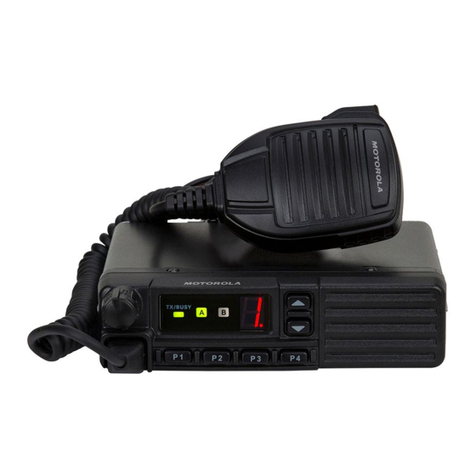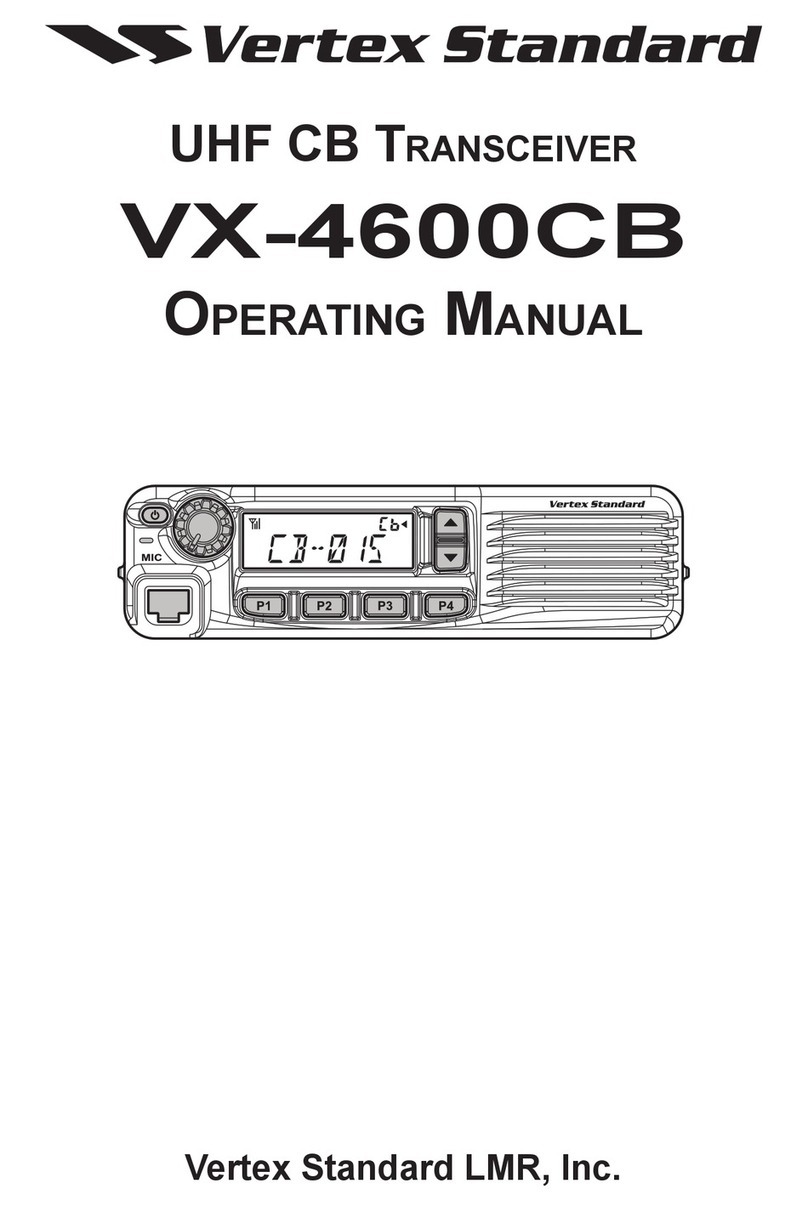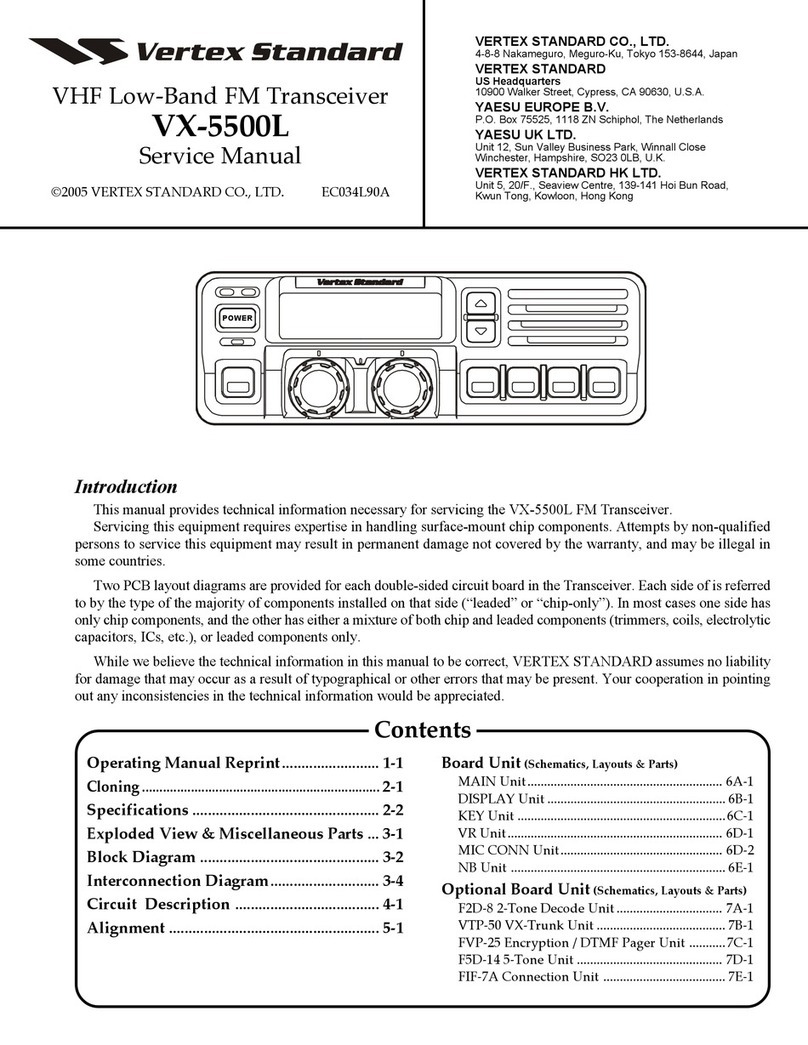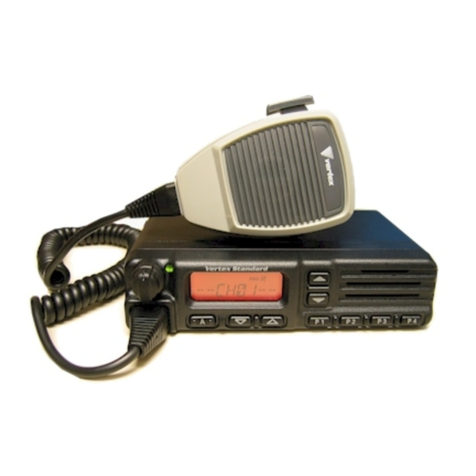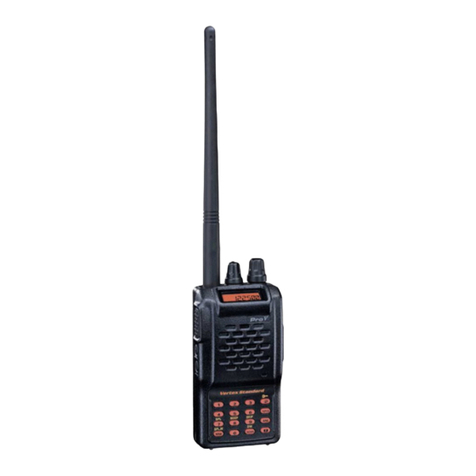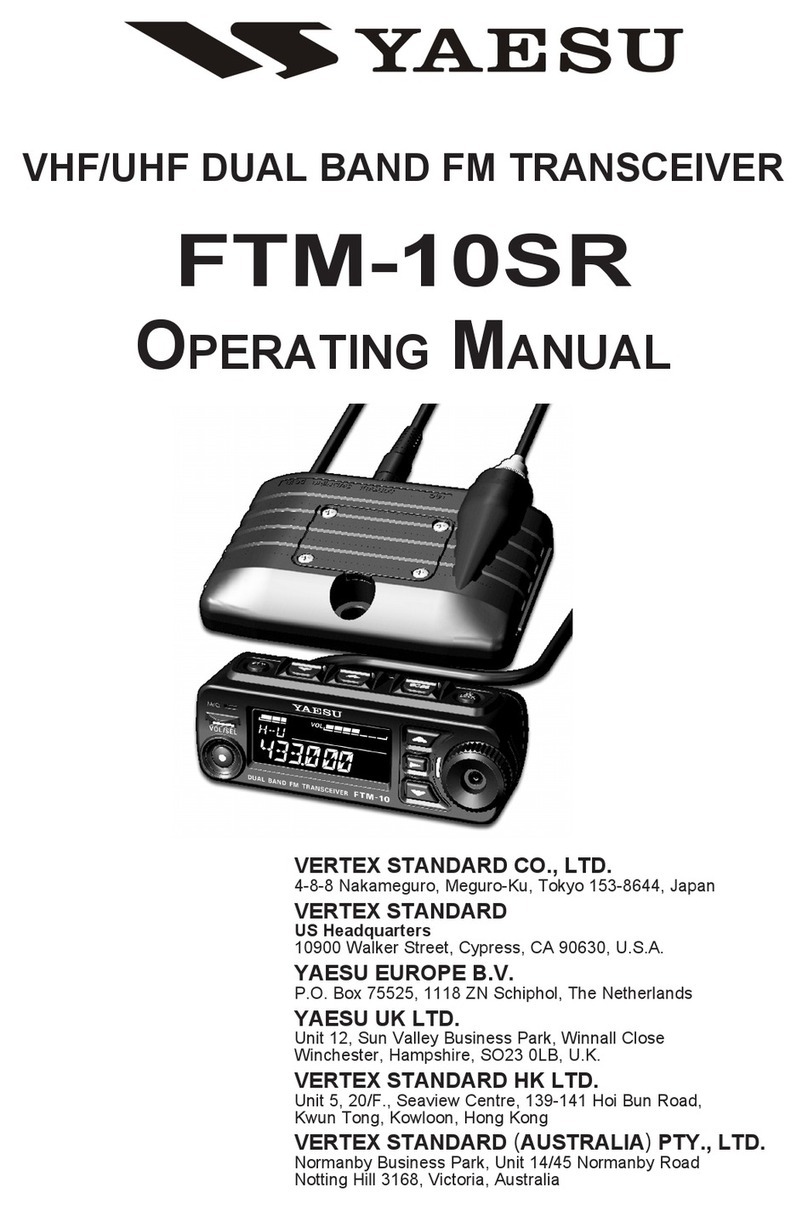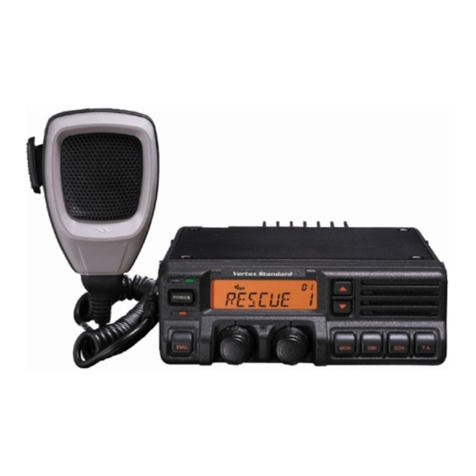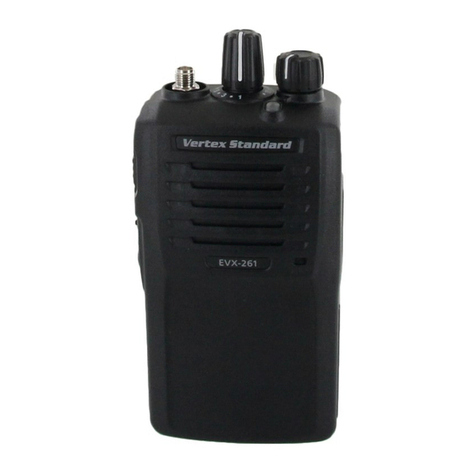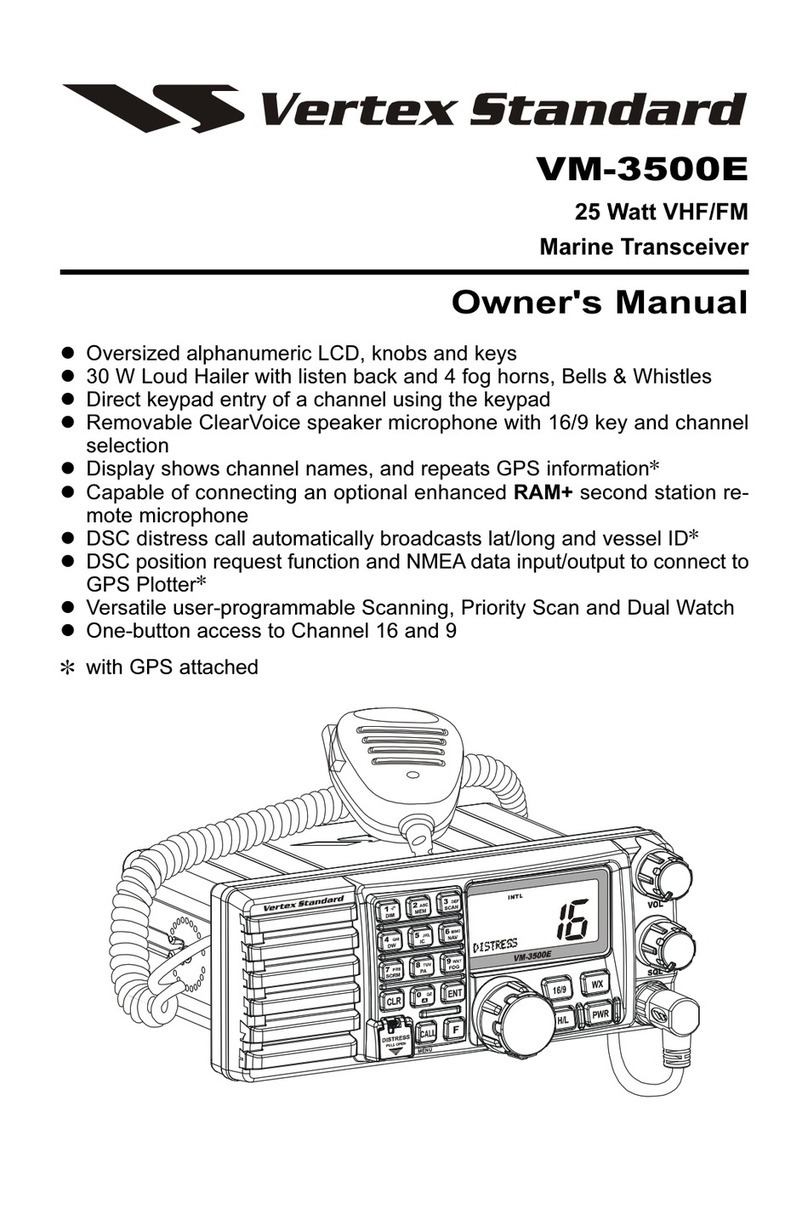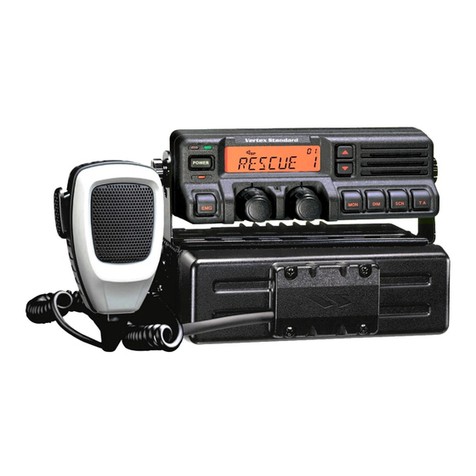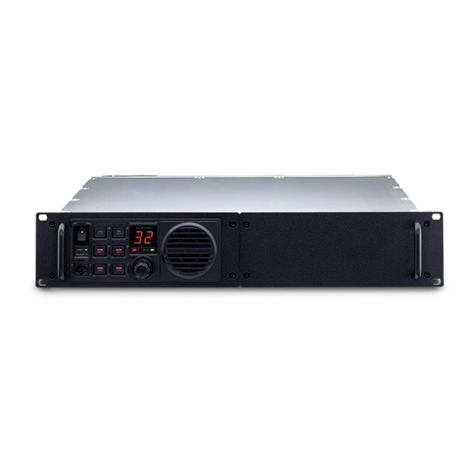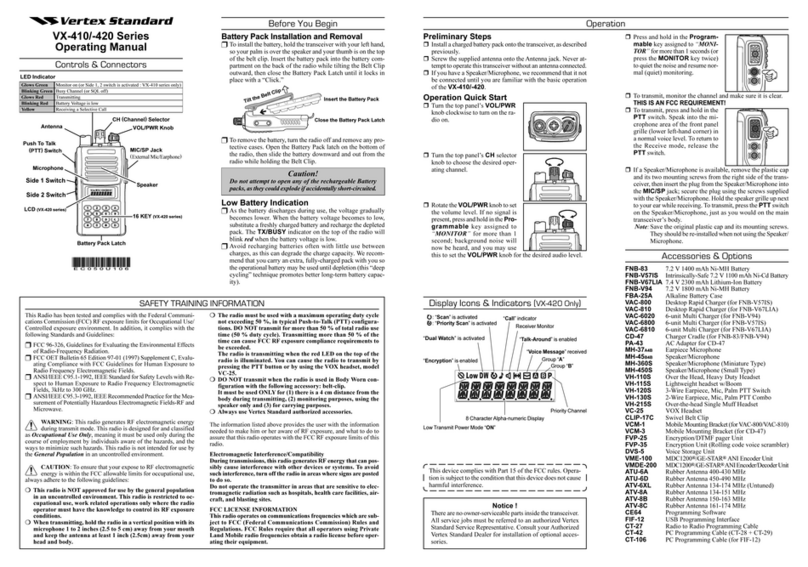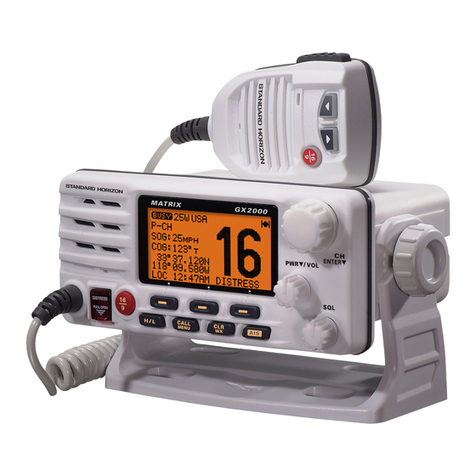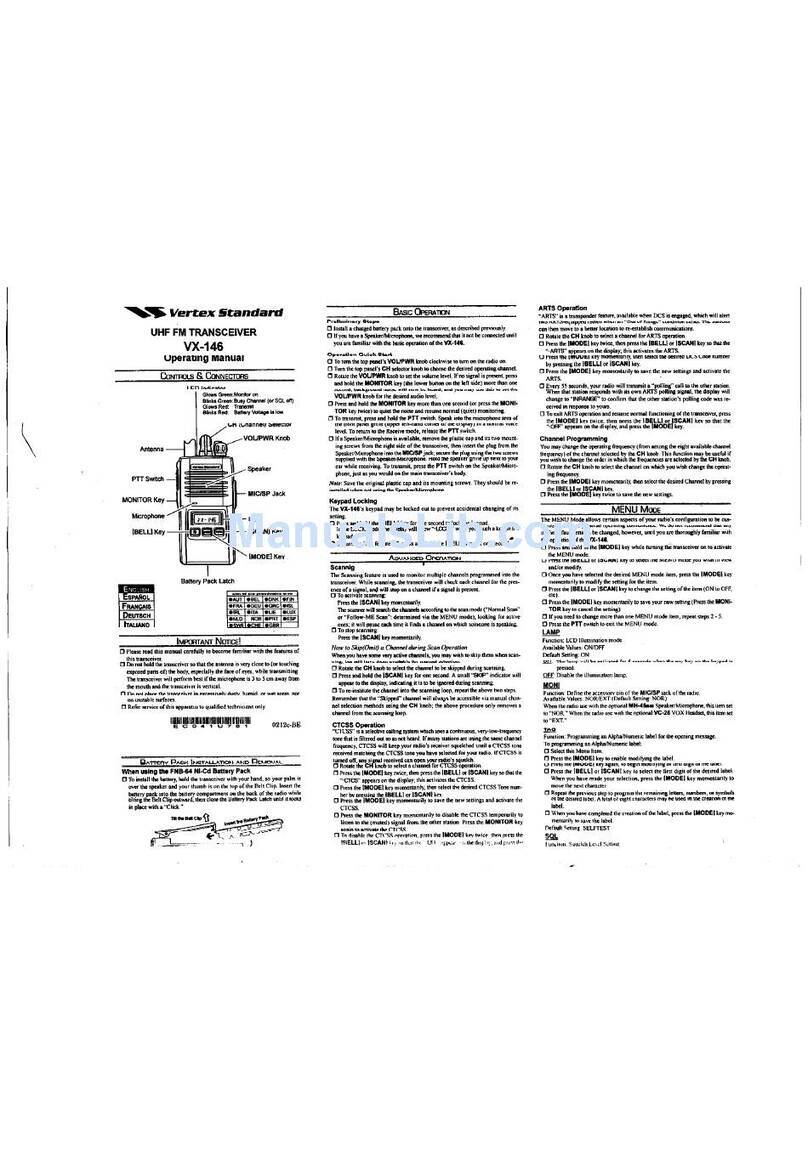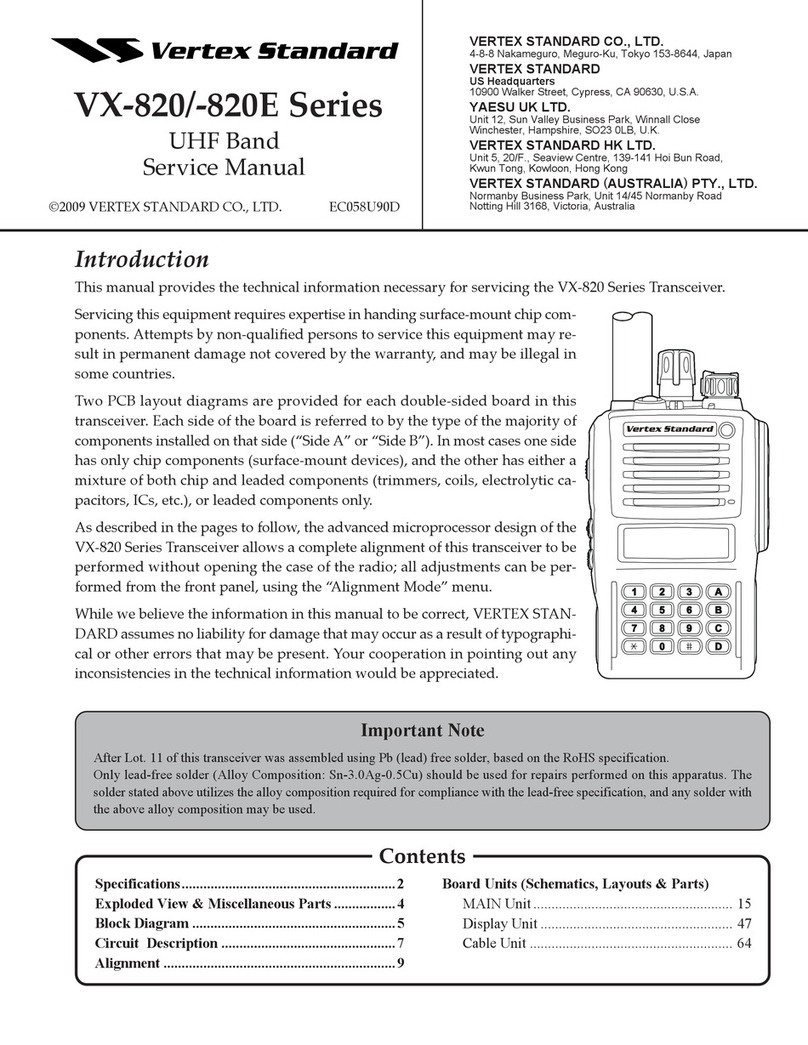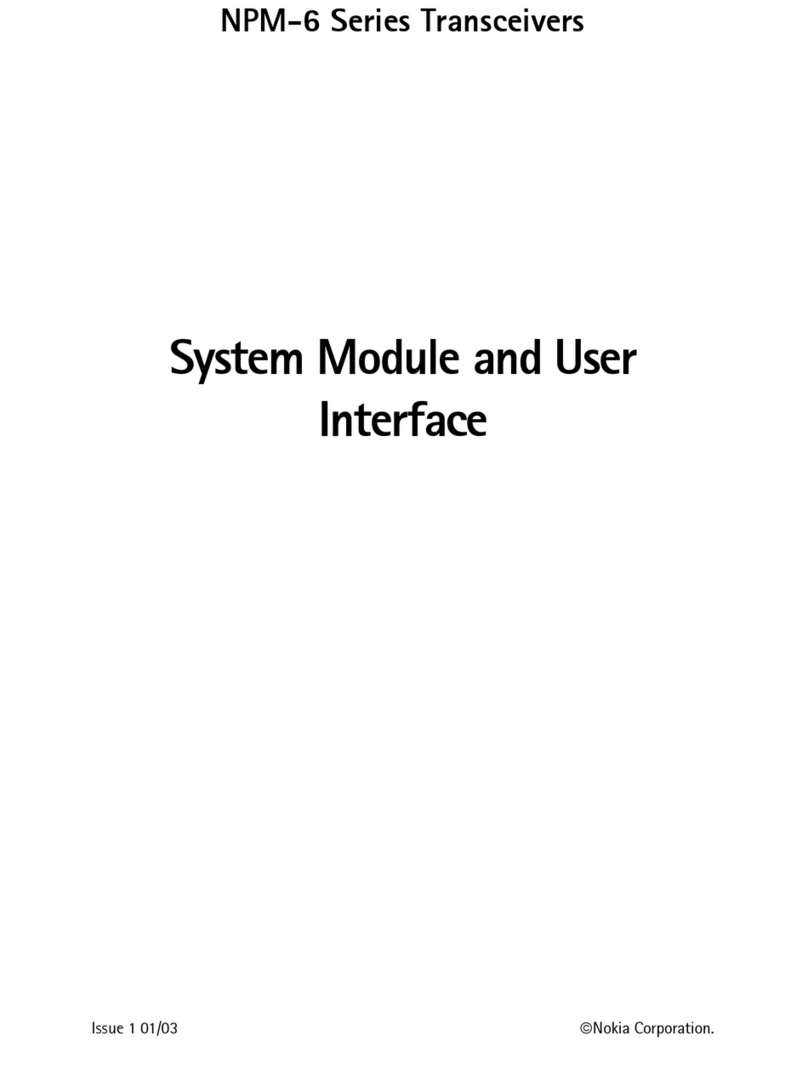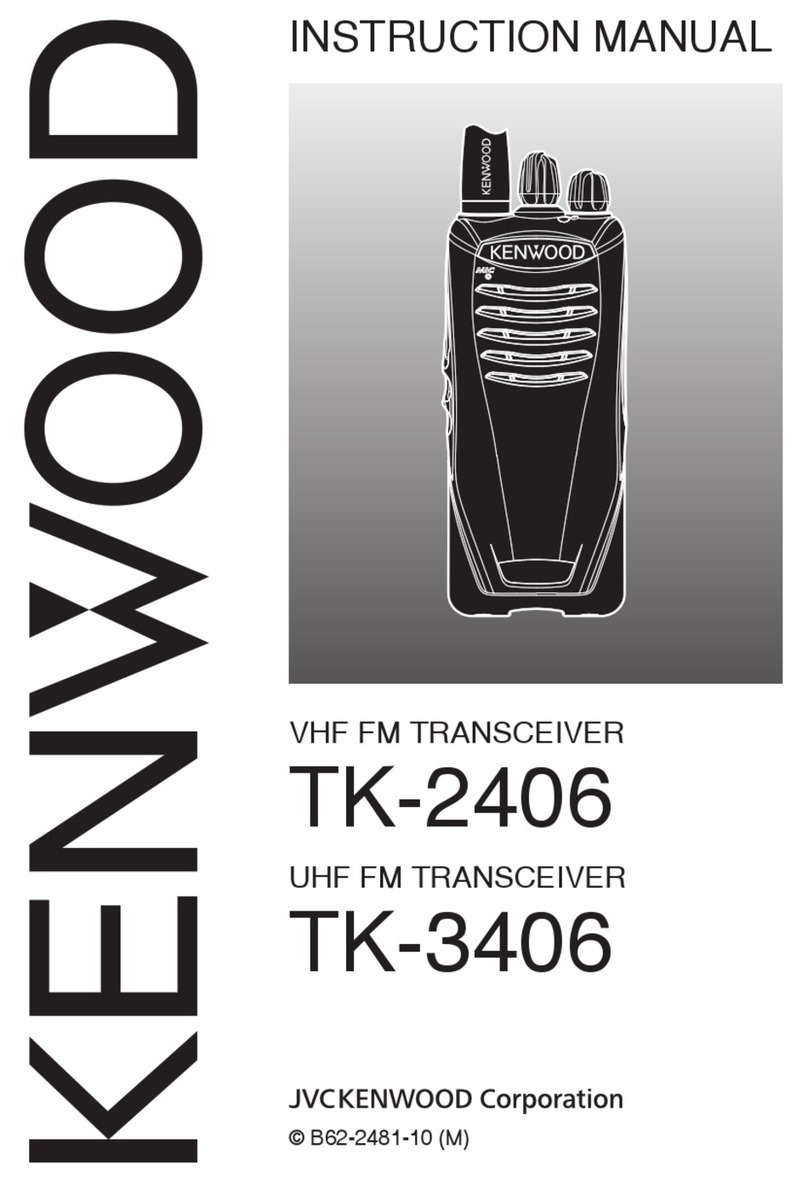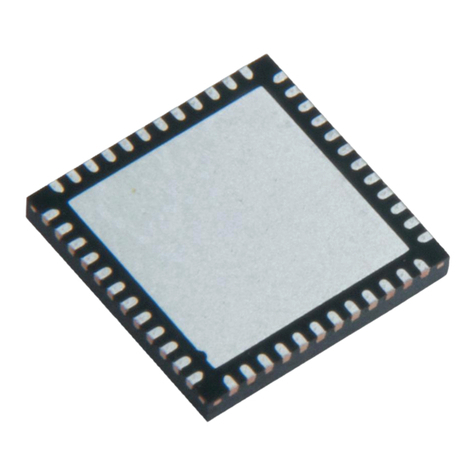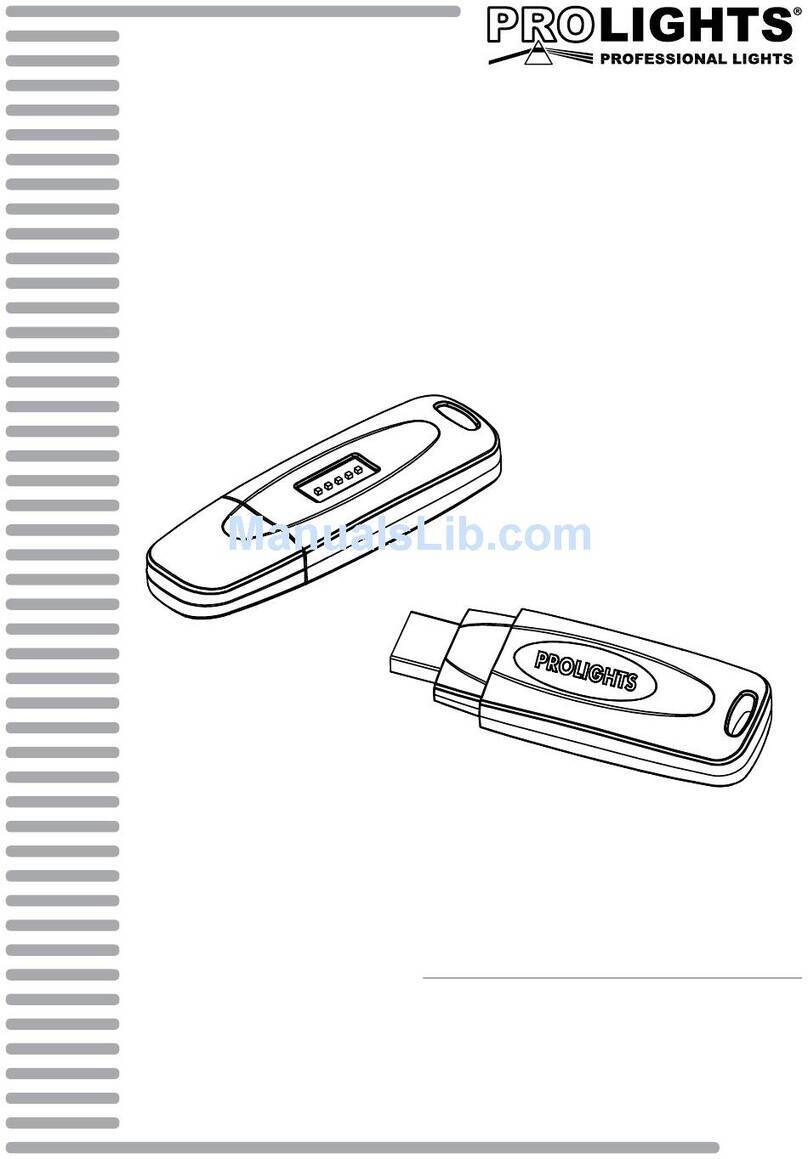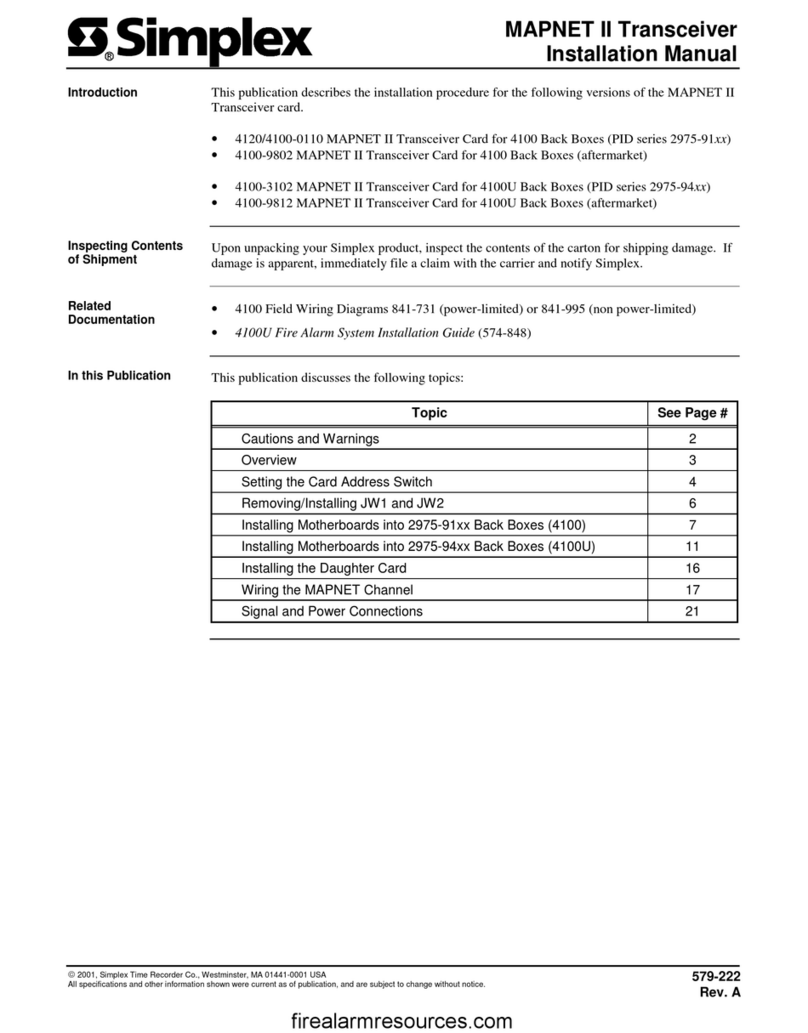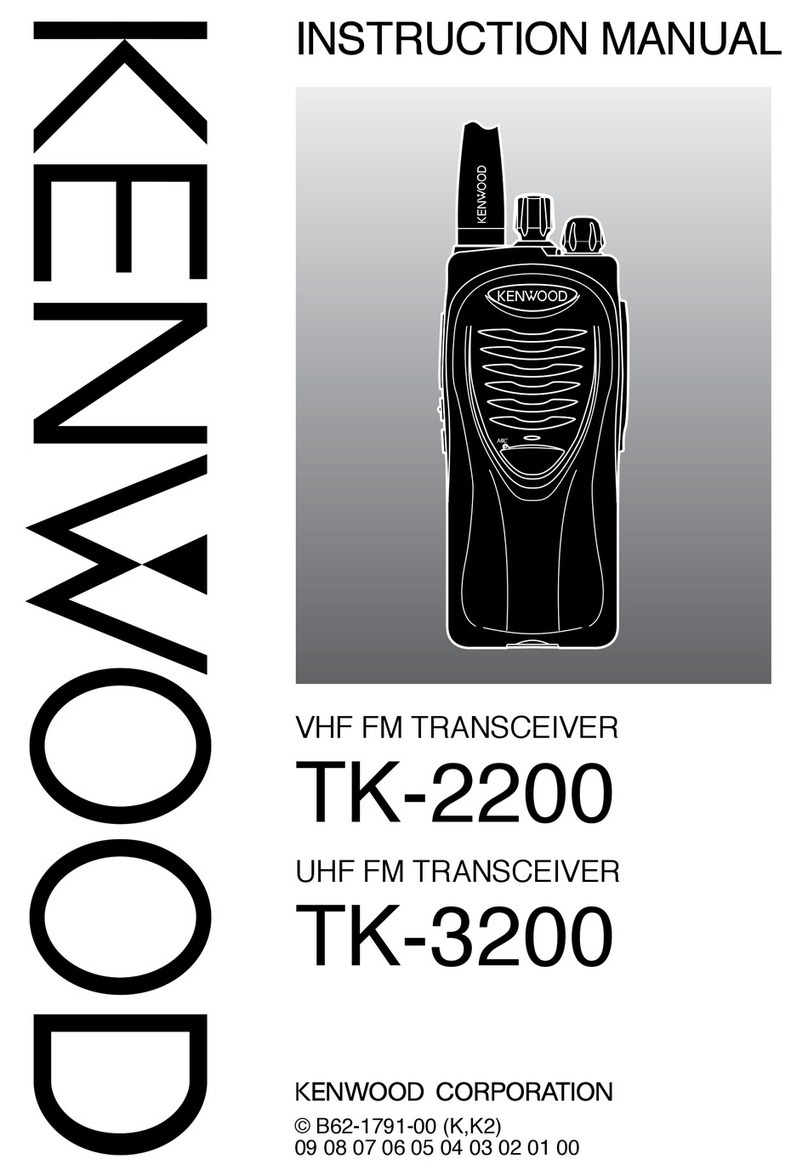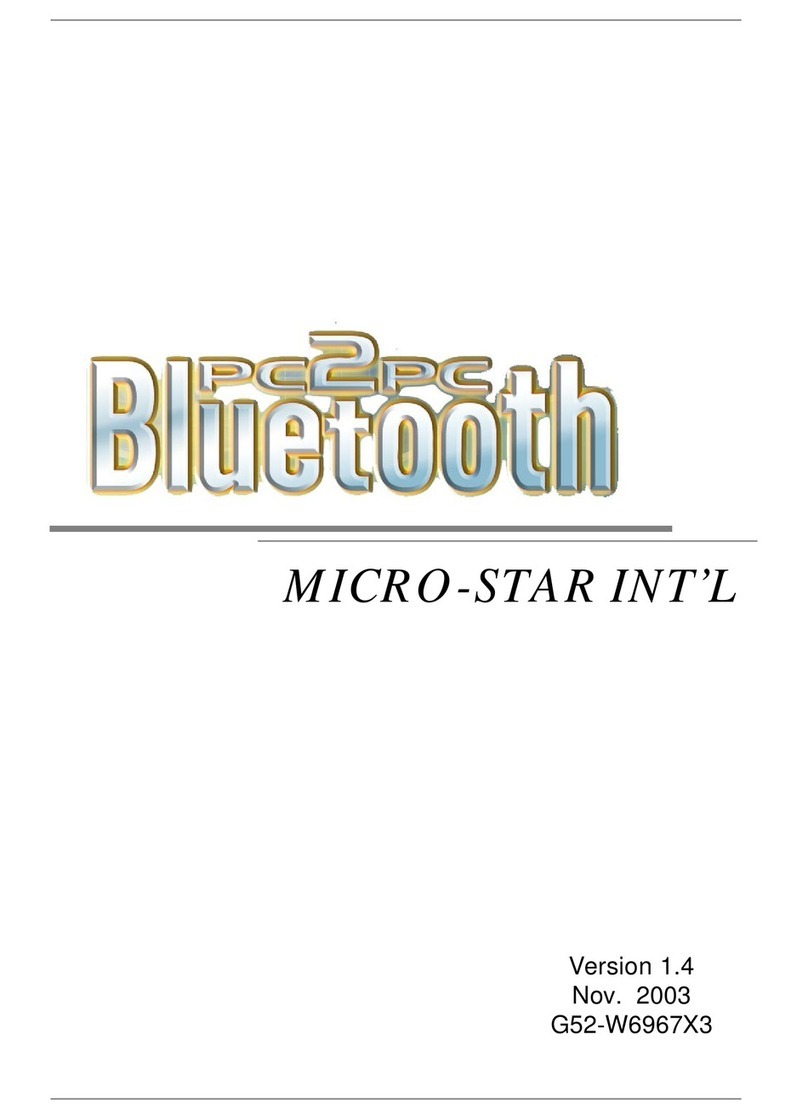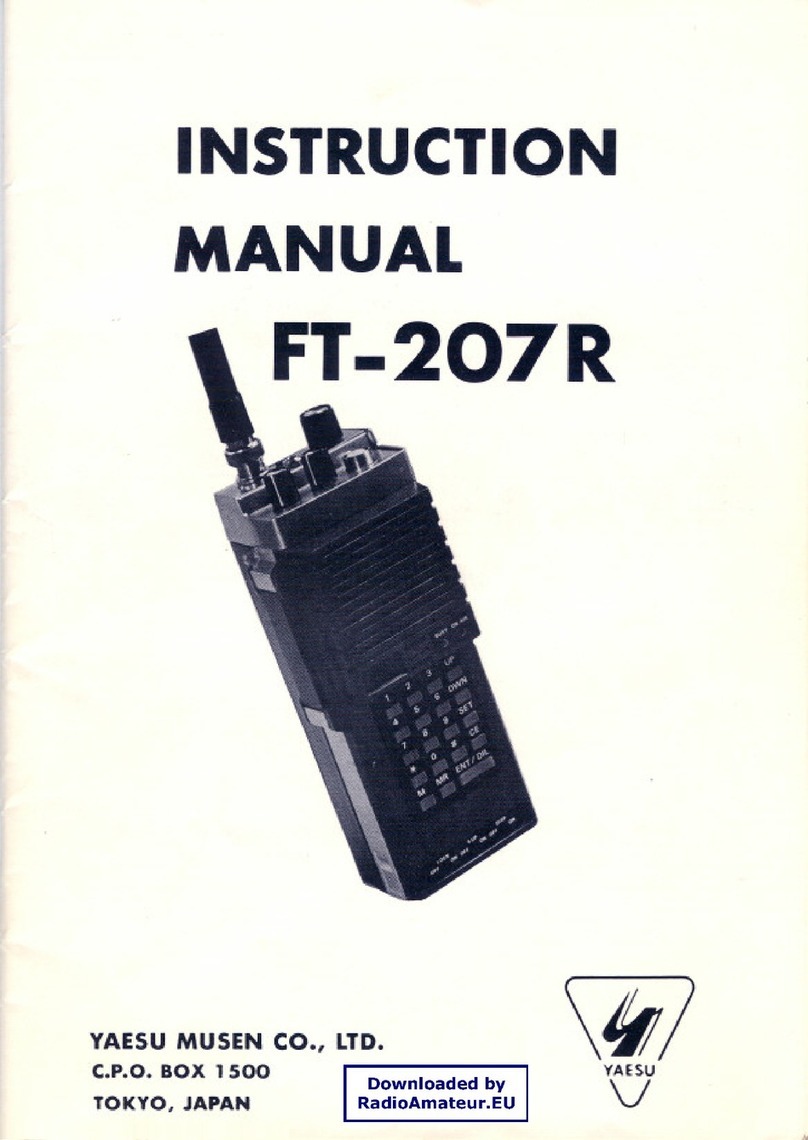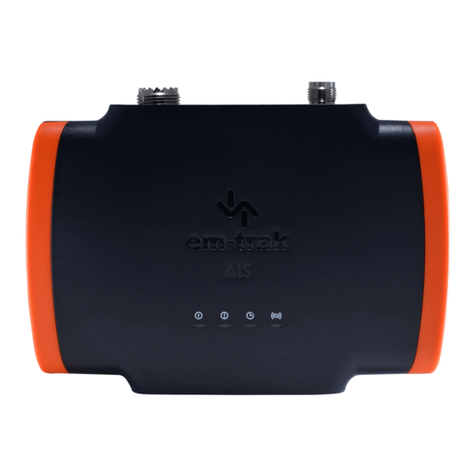
Alignment
AlignmentAlignment
Alignment
The VX-6000 has been carefully aligned at the factory
for the specified performance across the frequency
range specified for each version.
Realignment should therefore not be necessary
except in the event of a component failure, or
alteration of version. All component replacement and
service should be performed only by an authorized
Yaesu representative, or the warranty policy may be
voided.
The following procedures cover the sometimes critical
and tedious adjustments that are not normally
required once the transceiver has left the factory.
However, if damage occurs and some parts are
replaced, realignment may be required. If a sudden
problem occurs during normal operation, it is likely
due to component failure; realignment should not be
done until after the faulty component has been
replaced.
We recommend that servicing be performed only by
authorized Yaesu service technicians who are
experienced with the circuitry and fully equipped for
repair and alignment. Therefore, if a fault is suspected,
contact the dealer from whom the transceiver was
purchased for instructions regarding repair.
Authorized Yaesu service technicians realign all
circuits and make complete performance checks to
ensure compliance with factory specifications after
replacing any faulty components. Those who do
undertake any of the following alignments are
cautioned to proceed at their own risk. Problems
caused by unauthorized attempts at realignment are
not covered by the warranty policy. Also, Yaesu must
reserve the right to change circuits and alignment
procedures in the interest of improved performance,
without notifying owners. Under no circumstances
should any alignment be attempted unless the normal
function and operation of the transceiver are clearly
understood, the cause of the malfunction has been
clearly pinpointed and any faulty components replaced,
and the need for realignment determined to be
absolutely necessary. The following test equipment
(and thorough familiarity with its correct use) is
necessary for complete realignment. Correction of
problems caused by misalignment resulting from use
of improper test equipment is not covered under the
warranty policy. While most steps do not require all of
the equipment listed, the interactions of some
adjustments may require that more complex
adjustments be performed afterwards. Do not attempt
to perform only a single step unless it is clearly
isolated electrically from all other steps. Have all test
equipment ready before beginning, and follow all of
the steps in a section in the order presented.
Required Test Equipment
Required Test EquipmentRequired Test Equipment
Required Test Equipment
□
□
□RF signal generator: calibrated output level at
1000 MHz (0 dBµ =1.0 µV - terminated circuit)
□
□
□Deviation Meter (linear detector)
□
□
□AF Millivoltmeter
□
□
□
SINAD Meter
□
□
□Inline Wattmeter with 5% accuracy at 1000 MHz
□
□
□Regulated DC Power Supply: adjustable from 10
to 17 VDC, 30A
□
□
□50-ohm Non-reactive Dummy Load: 200W at
1000 MHz
□
□
□Frequency Counter: >0.1 ppm accuracy at 1000
MHz
□
□
□AF Signal Generator
□
□
□DC Voltmeter: high impedance
□
□
□RF Sampling Coupler(attenuation pad)
□
□
□AF Dummy Load: 4 ohm, 20W
□
□
□
Oscilloscope
□
□
□
Spectrum Analyzer
□
□
□
IBM PC/compatible computer w/Yaesu CT-71
programming cable and CE-35 channel programming
editor.
50-
Ω RF Signal
Dummyload Generator
RFSampling
InlineWattmater Coupler
Transceiver
DeviationMeter CT-70
CT-29Connection
Frequeuncy Cable PowerSupply
Counter IBMPC 13.8VDC
COMport
Alignment Preparation & Precautions
Alignment Preparation & PrecautionsAlignment Preparation & Precautions
Alignment Preparation & Precautions
A dummy load and inline wattmeter must be
connected to the main antenna jack in all procedures
that call for transmission, except where specified
otherwise. Correct alignment is not possible with an
antenna. After completing one step, read the following
step to determine whether the same test equipment
will be required. If not, remove the test equipment
(except dummy load and wattmeter, if connected)
before proceeding.
Correct alignment requires that the ambient
temperature be the same as that of the transceiver
and test equipment, and that this temperature be held

